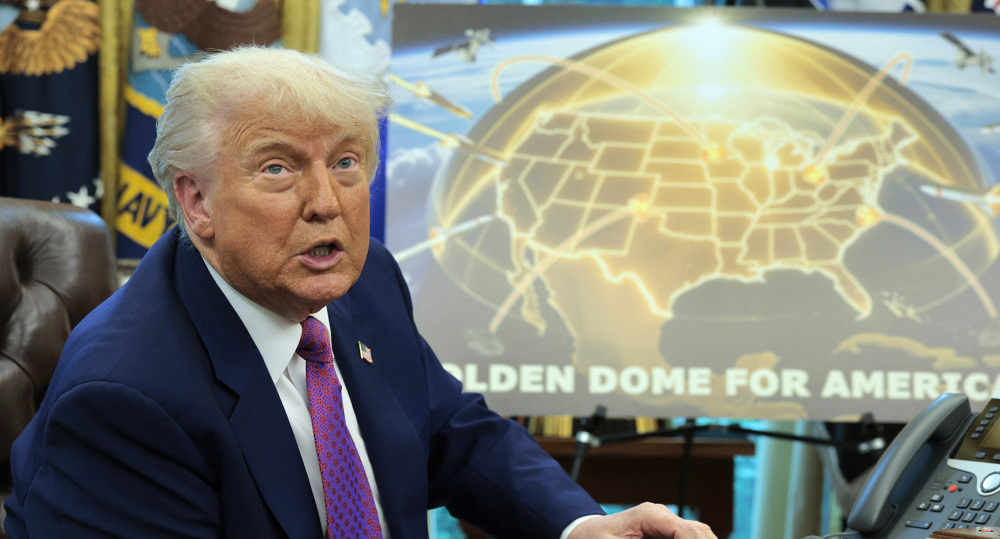Carter sails S China Sea, sends 'message' to China
US Defense Secretary Ashton Carter made a sail of the South China Sea aboard an American aircraft carrier, underscoring the US commitment to strengthening its Asia-Pacific alliances and moving more military hardware and troops there to counter China.
The Pentagon chief toured the USS John C. Stennis, a Nimitz-class nuclear-powered aircraft carrier, as it cruised through the South China Sea on Friday near waters claimed by China.
Carter said his presence on the Stennis, the flagship of Carrier Strike Group 3, was to send “a message to the region.”
“The United States intends to continue to play a role in keeping peace and stability in this region,” Carter said, while being accompanied by his Philippine counterpart, Voltaire Gazmin.
“What’s new is not an American carrier in this region. What’s new is the context of tension which exists, which we want to reduce,” he stated.
The carrier has performed routine patrols in the South China Sea over the last three weeks, experiencing “significant interaction with the Chinese navy,” said Rear. Adm. Ron Boxall, the strike group commander.
Analysts warn that while the new flexing of muscles on display during Carter’s tour sends the message that the US is committed to its allies, it also carries the risk of provoking China into taking more aggressive actions, including the construction of new islands in contested waters.

Before visiting the Stennis, Carter marked the end of 11 days of joint war games between the US and the Philippines and said some American troops would stay behind “to contribute to regional security and stability.”
On Thursday, he voiced growing US concern about Beijing's “land reclamation” and “militarization” in the South China Sea.
China has strongly criticized the US moves in the disputed waters, accusing Washington of returning to a “Cold War” mentality and threatening to “resolutely defend China’s territorial sovereignty and maritime interests.”
Washington accuses Beijing of undergoing a massive “land reclamation” program in the Spratly archipelago of the South China Sea, and says China’s territorial claims of the man-made islands could further militarize the region.

Ceaseless US arms delivery to Israel

Trump tells Canada to pay $61bn for 'Golden Dome' or join as '51st state' for free

US delivers 90,000 tons of weapons to Israel since Gaza genocide
No room for ambiguity: Indonesia must uphold its commitment to Palestinian cause
Trump plans to ‘take over’ Gaza in the guise of ‘humanitarian aid’ program: Activist
Hamas: US must provide ‘serious’ guarantees to end Gaza war
Trump escalates trade war with 50% steel, aluminum tariffs
Israel to block rare Saudi-led ministerial delegation from visiting West Bank: Report
VIDEO | Musk leaves DOGE after 4 months of cuts reshape Washington DC
VIDEO | Cost of genocide on the elderly
Cuba slams US diplomat’s ‘meddling, provocative’ conduct amid rising tensions











 This makes it easy to access the Press TV website
This makes it easy to access the Press TV website